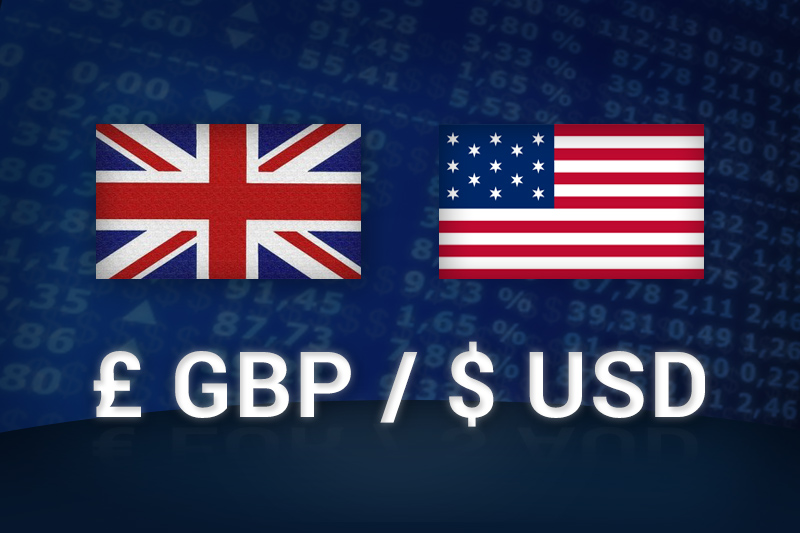Investing.com - Weak U.K. retail sales sent the pound sliding against the greenback on Friday, while investors shrugged off disappointing U.S. housing data, blaming the soft numbers on the weather.
In U.S. trading on Friday, GBP/USD was trading at 1.6620, down 0.19%, up from a session low of 1.6613 and off a high of 1.6725.
Cable was likely to find support at 1.6600, the low from Feb. 13, and resistance at 1.6742, Tuesday's high.
U.K. retail sales dropped 1.5% in January, according to official data, outpacing consensus forecasts for a 1% decline. Retail sales in December were revised down to a 2.5% increase from a previously estimated 2.6% gain.
On a yearly basis, U.K. retail sales rose 4.3% last month, compared to expectations for a 5% increase, after a 5.3% advance in December.
The numbers softened the pound, while in the U.S. weak housing numbers capped the greenback's gains albeit in a limited fashion.
The National Association of Realtors reported earlier that U.S. existing home sales declined 5.1% to 4.62 million units last month, outpacing expectations for a 4.3% drop to 4.68 million units.
In December, existing home sales were revised to a 0.8% rise to 487 million units from an initially estimated 1% increase.
While the Federal Reserve has said it will pay close attention to data when deciding the pace at which it winds down its dollar-weakening stimulus programs, many investors bet the disappointing numbers were the product of blizzards sweeping across the country that disrupted commerce, which gave the dollar support.
Sterling was down against the euro, with EUR/GBP up 0.21% to 0.8255, and up against the yen, with GBP/JPY up 0.26% as 170.76.
The yen came under pressure after the minutes of its January policy meeting released earlier revealed that the Bank of Japan decided to avoid any misunderstanding about its monetary easing program, the bank needed "to provide a clear explanation that it did not strictly set this to end in two years."
In April last year, the BoJ had announced a policy overhaul that aimed to double the money supply and achieve 2% inflation within about two years.
